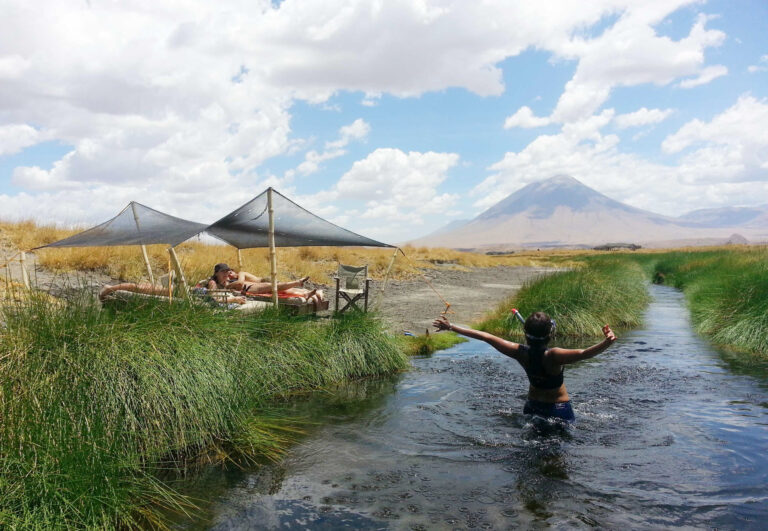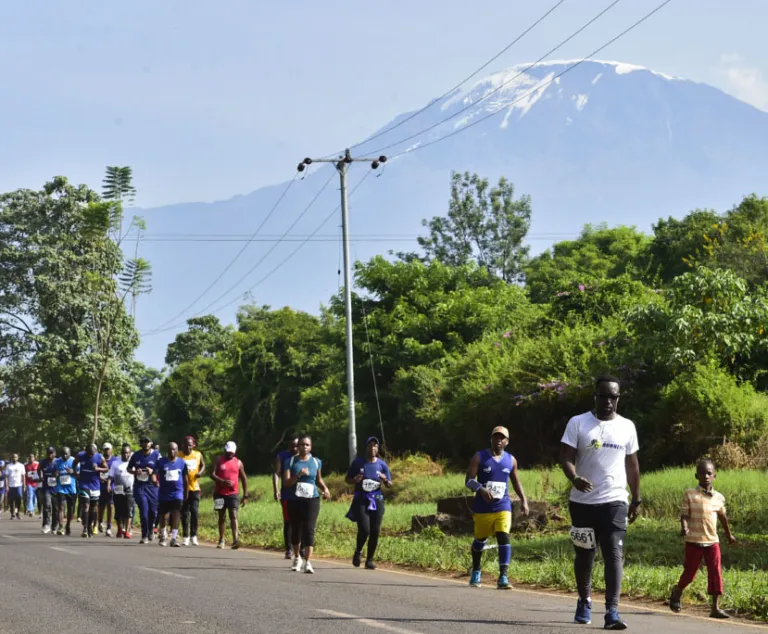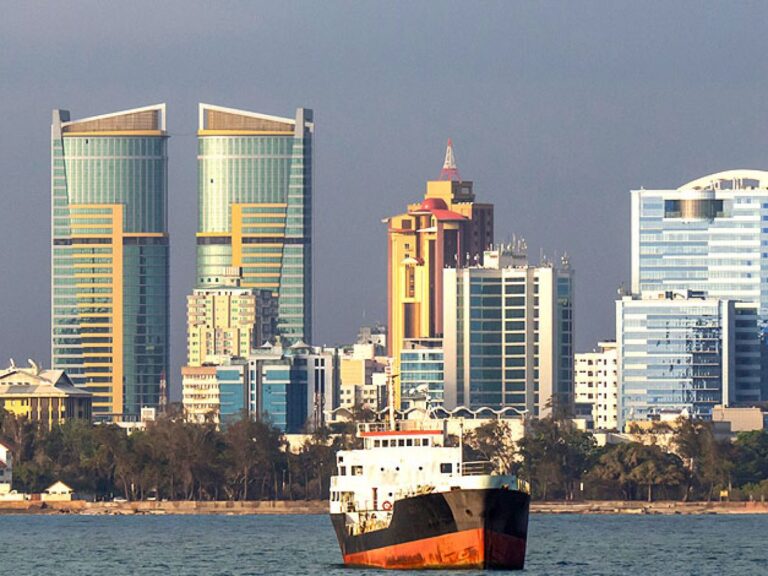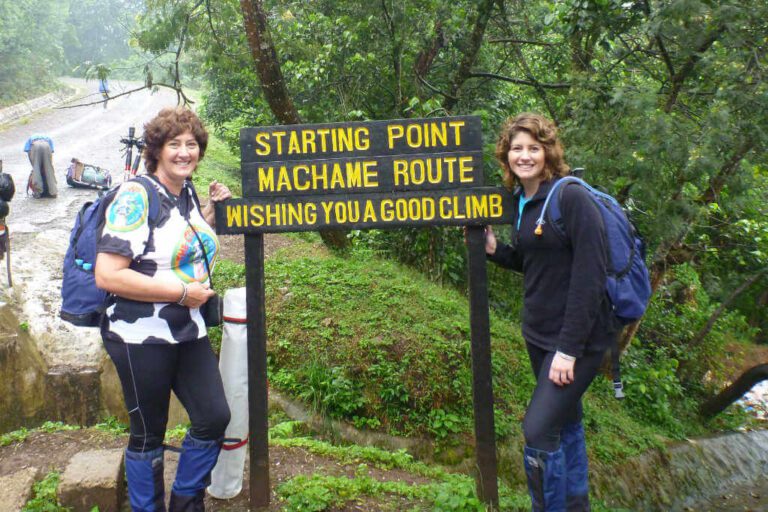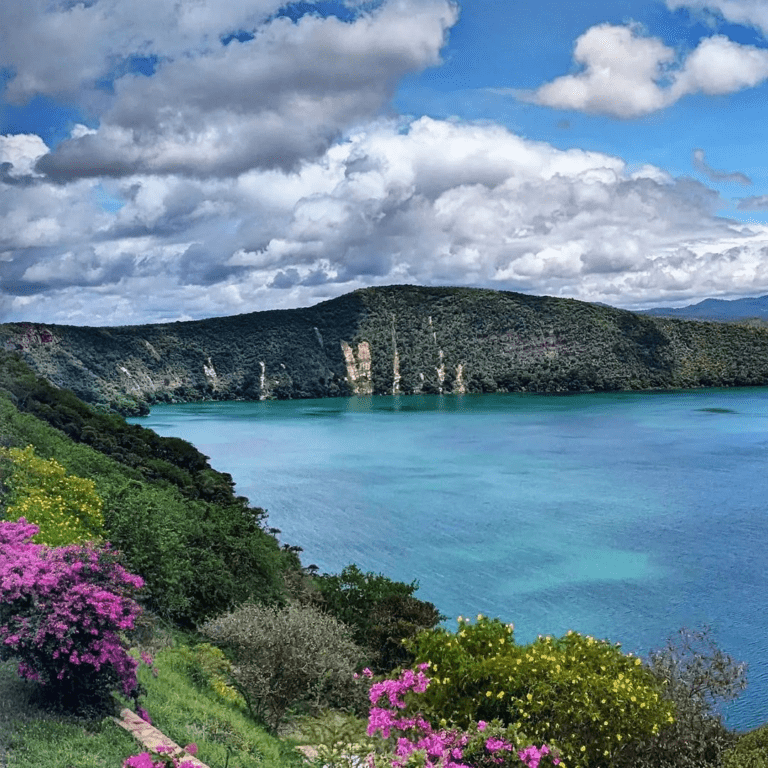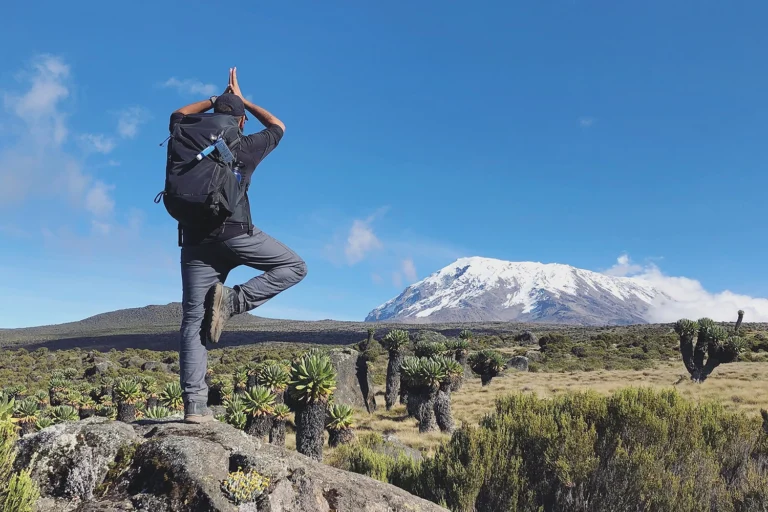Thinking of climbing Mount Kilimanjaro solo? You’re not the only one. Every year, thousands of people consider climbing Kilimanjaro solo and many have the same questions you probably do
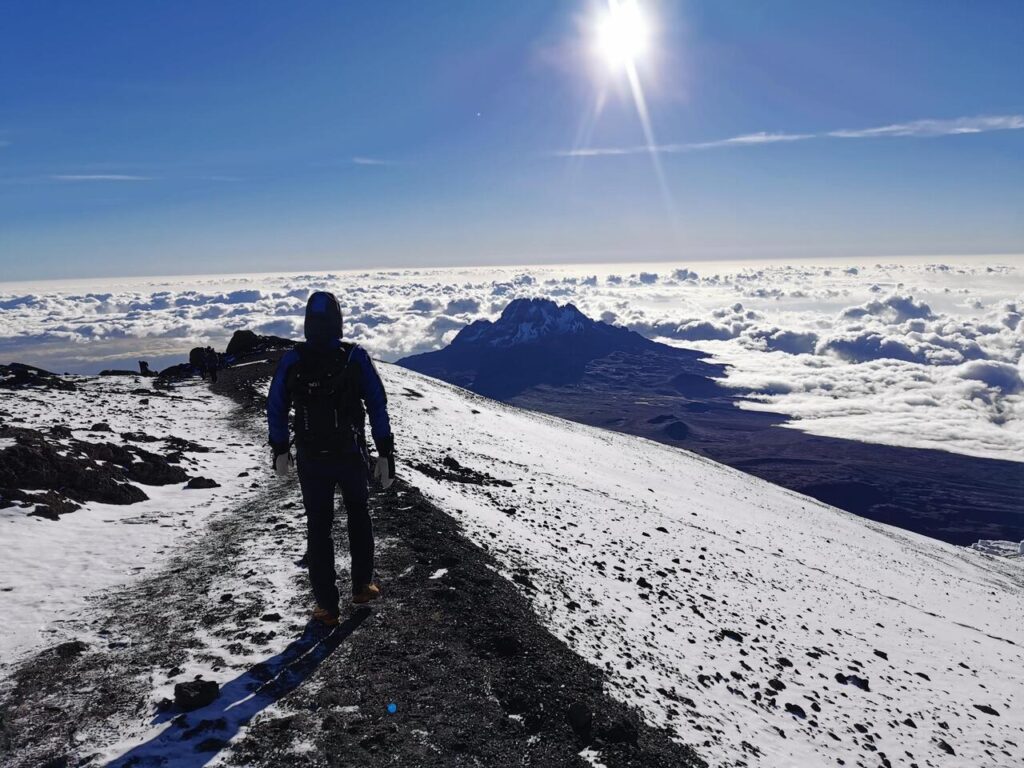
- Is it safe to travel alone on Mt. Kilimanjaro?
- Can I hike Kilimanjaro by myself?
- Will I have people to talk to on Mt. Kilimanjaro?
- What if I’m a solo female traveler?
If those questions are on your mind you’re in the right place. This guide is written specifically for solo travelers, whether you’re planning your first trek abroad or you’re a seasoned hiker chasing your next summit.
Let’s unpack what it really means to climb Kilimanjaro solo plus tips, safety advice, and the best way to plan a trek that suits your vibe.
Can You Climb Kilimanjaro Alone? The Short Answer: No (But That’s a Good Thing)
Technically, no one climbs Kilimanjaro completely alone/solo.
Tanzanian law requires that all climbers are accompanied by a licensed mountain guide and a supporting mountain crew. In most cases, this includes a team of porters, a cook, and an assistant guide. These requirements exist to ensure your safety at high altitude and to maintain park regulations.
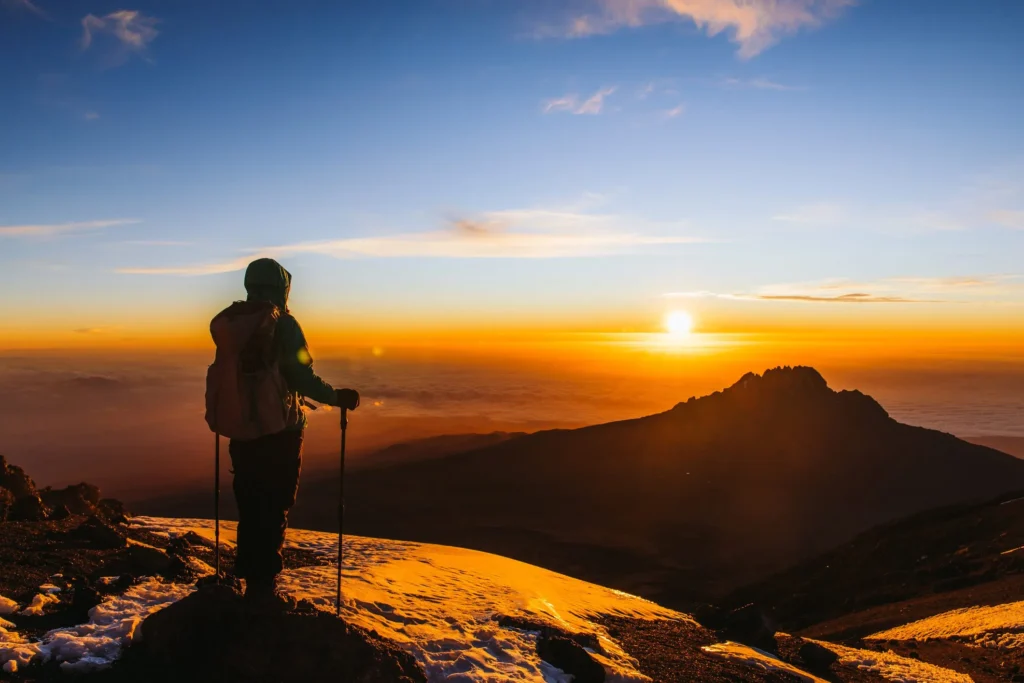
But here’s the good news:
Just because you book your trek alone doesn’t mean you’ll feel alone on the mountain.
You’ll either join a group trek with other hikers (many of them also solo), or you can choose a private trek, where the guide and crew focus exclusively on you.
Is Climbing Kilimanjaro Solo Safe for Travelers?
Let’s address the elephant on the mountain. Safety is a valid concern, especially if you’re traveling to Africa for the first time or hiking at altitude.
The reality is: Kilimanjaro is one of the safest major mountains in the world to trek, thanks to its regulated access, experienced local crews, structured itinerary system and emergency support that is always available
Here’s why solo travelers (including women) can feel confident:
- Guides are highly experienced in handling altitude sickness and emergencies.
- Park rescue services are available in case of medical issues.
- Reputable tour operators provide reliable support, logistics, and communication throughout.
- You’ll have your own tent, often with the option of a private toilet and private porter if requested.
💡 Thousands of solo travelers successfully summit Kilimanjaro every year and most describe it as one of the most empowering trips of their lives.
Solo Female Travelers: Is It Safe to Hike Kilimanjaro as a Woman?
Yes, absolutely. Solo female hikers are welcomed, respected, and supported on Kilimanjaro.
Your guide and porter team are trained to maintain professionalism, discretion, and cultural respect at all times. Many women request female guides or assistants and some companies (like ours) can accommodate that when asked in advance.
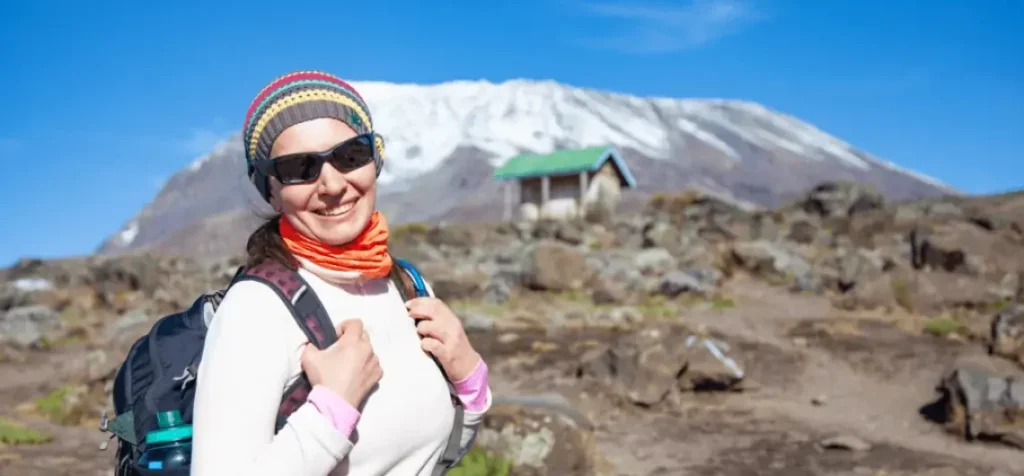
“I climbed Kilimanjaro solo as a woman and never once felt uncomfortable or unsafe. My team gave me space when needed but were always attentive.”
— Emily S., USA (7-Day Lemosho Route)
Tips for solo female travelers:
- Choose a reputable operator that prioritizes safety and clear communication.
- Request private sleeping arrangements, which are standard on most treks.
- Book group treks if you’d prefer hiking with other adventurers.
- Trust your gut if something feels off during the booking process, move on.
Group Treks vs. Private Treks: What Should You Choose as a Solo Climber?
One of the biggest decisions kilimanjaro solo travelers face is whether to join a group or climb solo with a private trek.
Let’s break down the difference of these two:
Group Climbs (Recommended for Social Solo Travelers)
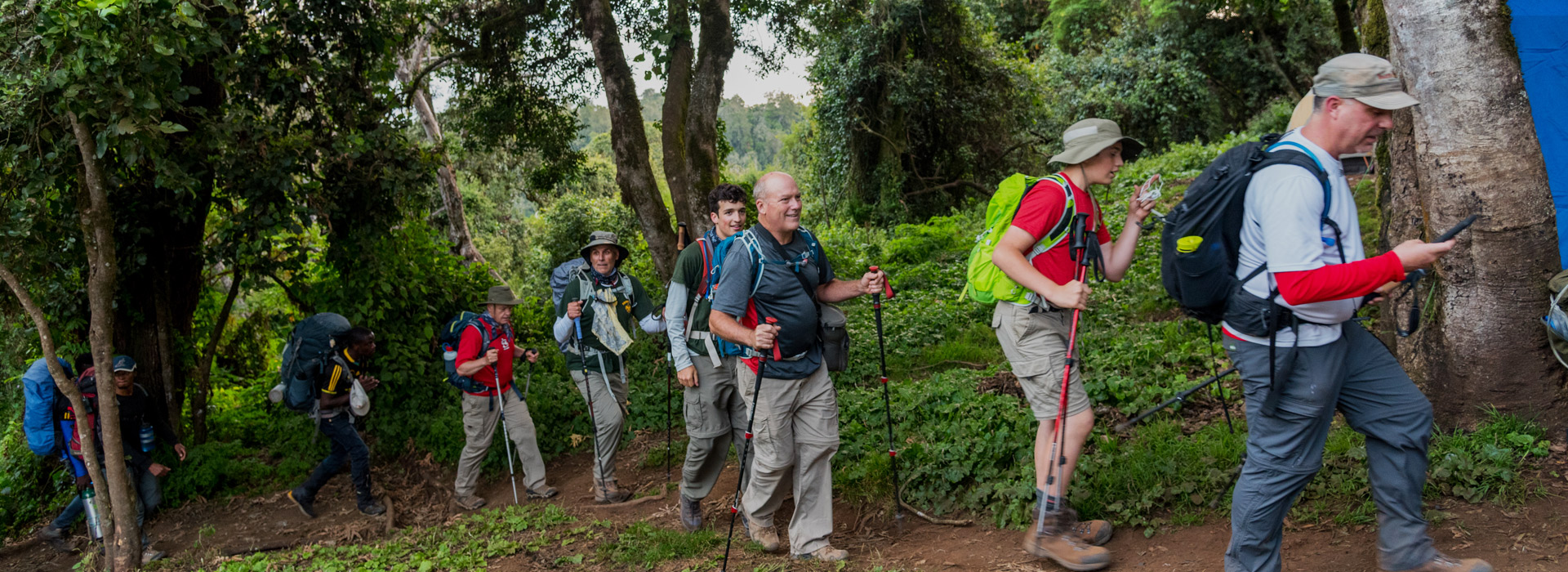
- Lower cost: You share logistics and costs with others.
- Meet other travelers: Great for making friends.
- Structured pace: The itinerary is fixed, which helps with motivation.
Group climbs are ideal if:
- You want company during meals and hikes
- You’re a first-time trekker who wants support
- You like the idea of camaraderie and team energy
Private Climbs (Perfect for Independent Travelers)
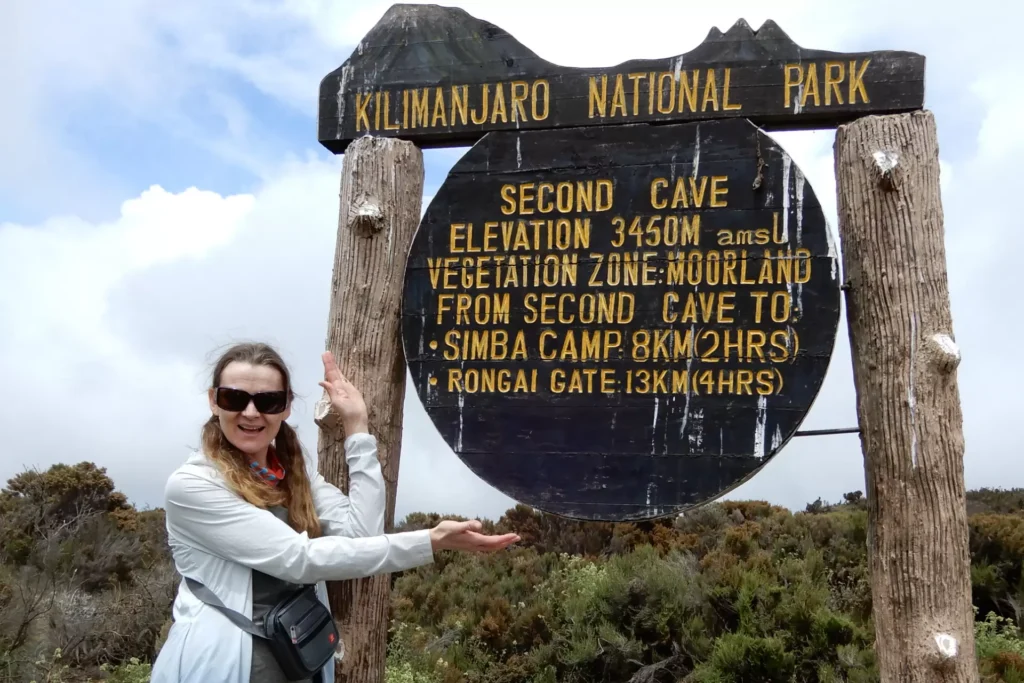
- Total flexibility: Set your own pace, rest days, or even route variations.
- Solo tent and full attention from your guide and crew.
- More personalized experience, including diet, pace, and gear.
Private treks are ideal if:
- You enjoy solitude or deep introspection
- You want to take photos or videos at your own pace
- You’re confident hiking alone with crew support
What’s It Actually Like Day-to-Day on a Solo Kilimanjaro Trek?
Whether you’re in a group or on a private trip, your daily life on Kilimanjaro will follow a rhythm. You’ll:
- Wake early to hot tea or coffee brought to your tent
- Eat breakfast in a dining tent or outside with your team
- Hike 5–8 hours, with plenty of rest breaks and scenic views
- Eat lunch halfway and arrive at camp mid-afternoon
- Relax, journal, nap or chat with others
- Eat a warm dinner, get a safety check, and prep for the next day
If you’re in a group, you’ll socialize. If you’re solo, your guide may offer quiet or conversation, whatever you prefer. You’ll have time for reflection, photography, or stargazing at night.
Tips for Solo Hikers Preparing To Climb Kilimanjaro
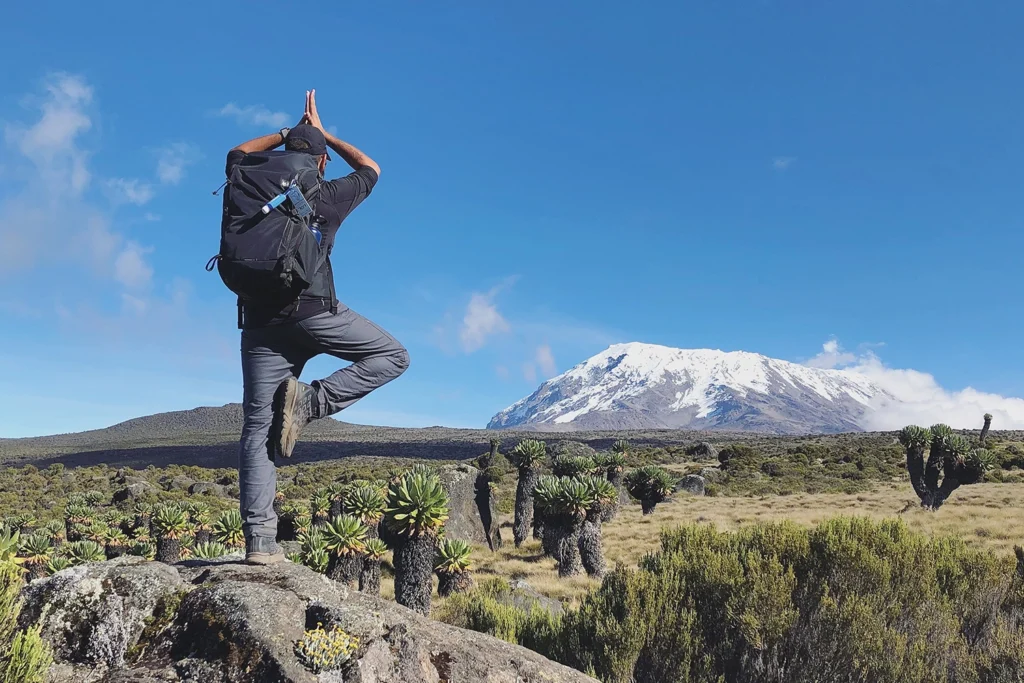
- Train consistently: Focus on cardio, uphill hikes, and multi-day stamina. You don’t need to be an athlete but preparation matters.
- Invest in quality gear: Your clothing, boots, and sleeping bag make a huge difference. Download our Mount Kilimanjaro Packing List for solo travelers.
- Choose the right route: Lemosho route and Machame route are scenic and great for solo trekkers. Marangu route has hut accommodations if you prefer not to camp.
- Consider extra acclimatization days: Solo climbers benefit from longer routes (7–8 days) to reduce altitude risk.
- Get travel insurance: Make sure it covers high-altitude trekking and emergency evacuation.
- Communicate your preferences early: Want a female guide? Prefer more social evenings or quiet meals? Let your operator know.
Why Solo Travelers Choose Kilimanjaro (and Often Come Back Again)
Kilimanjaro has become a bucket-list destination for solo adventurers for a reason:
- It’s challenging but achievable without needing technical skills.
- It provides a profound personal journey, mentally and physically.
- You’ll meet people from all over the world or enjoy solitude if that’s your style.
- Everything is structured and supported so you can just focus on walking, breathing, and taking it all in.
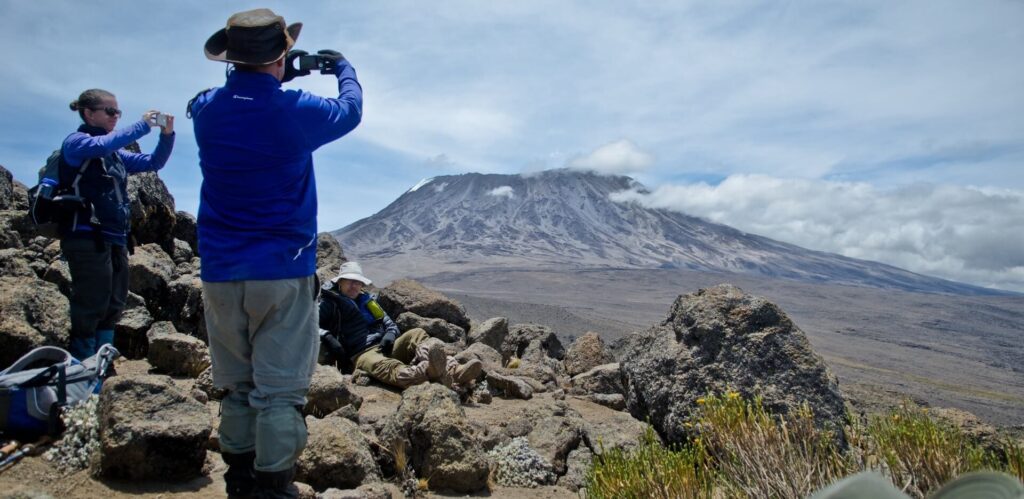
Final Thoughts: Is Climbing Kilimanjaro Solo Right for You?
Solo travel to Kilimanjaro can feel overwhelming at first but with the right guidance, it becomes one of the most empowering and unforgettable adventures you’ll ever take.
Whether you’re looking to push your limits, find yourself at 5,895 meters (19,341 feet) above sea level., or just unplug in the African wilderness, this mountain delivers.
And no you’re not crazy for wanting to do it alone. You’re bold, curious, and capable.
Ready to Plan Your Solo Kilimanjaro Hiking Adventure?
Trekking Mount Kilimanjaro solo doesn’t mean going it alone it means choosing your own pace, following your own rhythm, and making the summit your personal triumph. Whether you’re craving solitude, soul-searching, or simply want the flexibility to travel on your own terms, Climbing Kilimanjaro solo is absolutely doable and unforgettable for trekkers.
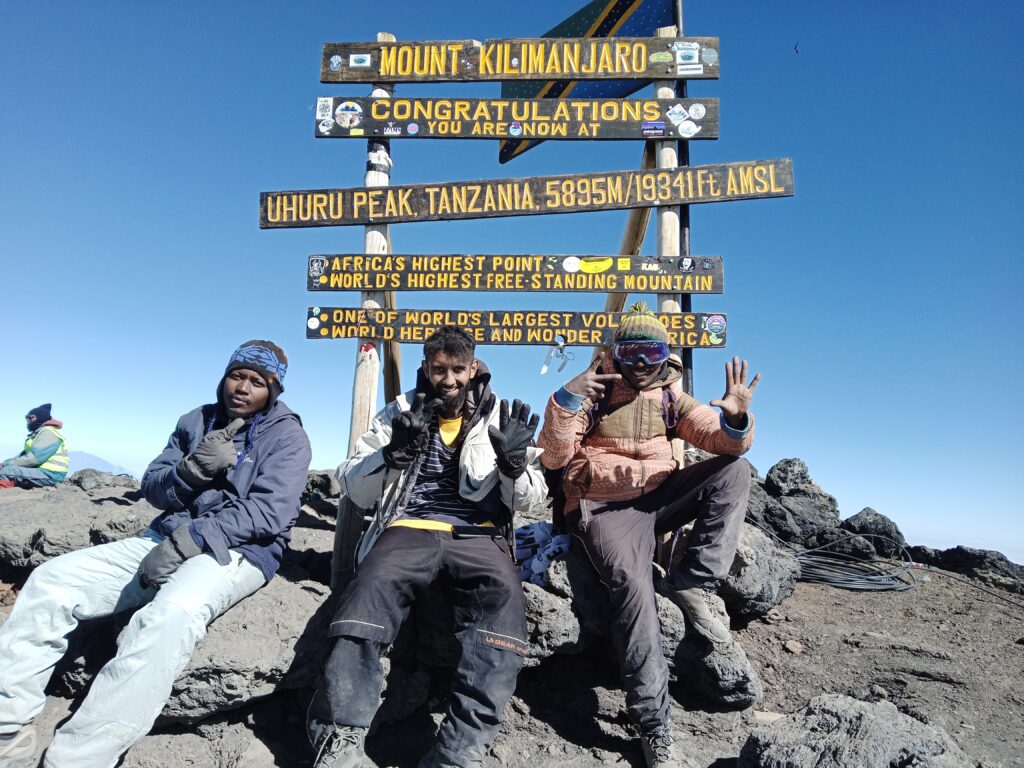
At African Delight Safaris, we’ve guided hundreds of solo adventurers to Uhuru Peak, safely and confidently. From choosing the right route to organizing all logistics (and even pairing you with a like-minded group if desired), our expert team is here to make your dream trek happen without the stress.
Why Solo Travelers Love Climbing with African Delight Safaris:
- Personalized support before and during your trek
- Expert local guides who treat you like family
- Flexible group joining options or private solo expeditions
- Transparent pricing with no surprise fees
- Safety-first approach with high summit success rates
Take the First Step Toward the Roof of Africa
👉 Book a Free Kilimanjaro Planning Call with our team, we’ll help you choose the perfect route, timeline, and trip style for your solo journey on climbing Mt. Kilimanjaro for 2025, 2026 or 2027
💬 Have questions now? Contact us here or message us on WhatsApp we’re ready when you are.
Frequently Asked Questions On Climbing Kilimanjaro Solo
1. Can I really climb Kilimanjaro solo, completely alone?
No. Tanzanian National Park laws requires all climbers to be accompanied by a licensed guide. Even if you book solo, you’ll still have a mountain crew (guide, cook, porters). You can choose between joining a group or having a private climb with full support.
2. Is Kilimanjaro safe for solo travelers?
Yes, Kilimanjaro is considered one of the safest non-technical high-altitude treks in the world. Thousands of solo hikers successfully summit every year. When booked through a licensed tour operator, you’ll have medical support, daily health checks, and an experienced team ensuring your safety throughout.
3. Is Kilimanjaro safe for solo female travelers?
Yes. Many solo women climb Kilimanjaro annually and report feeling completely safe. Most operators provide private tents, respectful crew, and female guides upon request. Communication and booking with a trusted local operator are key.
4. What’s the best Kilimanjaro route for solo travelers?
The Machame and Lemosho routes are the most popular among solo hikers. They offer scenic views, higher success rates, and more trekkers on the trail great if you want social interaction. Marangu is also an option if you prefer hut accommodations over tents.
5. Should I join a group trek or book a private one as a solo traveler?
Group treks are cost-effective, fun, and great for social solo hikers. Private treks offer full flexibility, privacy, and a more introspective journey. Both are supported by guides and crew, choose based on your personal preference and budget.
6. What should solo travelers do to prepare for Kilimanjaro?
Train for endurance, pack wisely, research altitude sickness, and invest in travel insurance that covers high-altitude trekking. Also, communicate your preferences to your operator early. This includes rooming, pace, food allergies, or privacy expectations.

